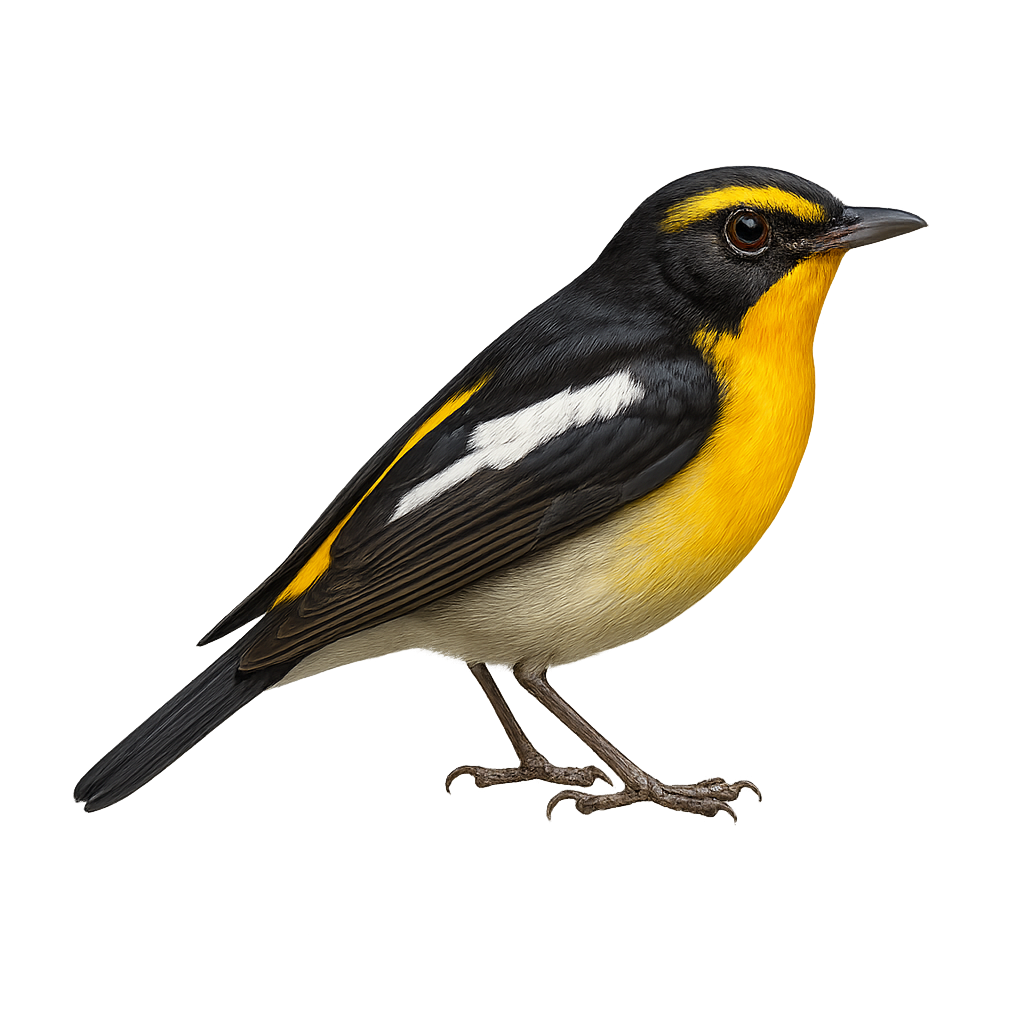Your wildlife photography guide.
Explore the narcissus flycatcher in detail, study its behavior, prepare your shots.
Where to observe and photograph the narcissus flycatcher in the wild
Learn where and when to spot the narcissus flycatcher in the wild, how to identify the species based on distinctive features, and what natural environments it inhabits. The WildlifePhotographer app offers tailored photography tips that reflect the narcissus flycatcher’s behavior, helping you capture better wildlife images. Explore the full species profile for key information including description, habitat, active periods, and approach techniques.
Narcissus Flycatcher
Scientific name: Ficedula narcissina

IUCN Status: Least concern
Family: MUSCICAPIDAE
Group: Birds
Sensitivity to human approach: Suspicious
Minimum approach distance: 10 m
Courtship display: April to June
Incubation: 13-15 jours
Hatchings: April to June
Habitat:
temperate forests, subtropical forests, dense woods
Activity period :
Primarily active during the day, with peak activity in the morning and late afternoon.
Identification and description:
The Narcissus Flycatcher, Ficedula narcissina, is a small passerine bird in the Muscicapidae family, primarily found in East Asia. It is easily recognizable by its striking plumage: males have a black head with a bright yellow throat, a black back, and a white belly. Females are duller with brown and yellow hues. This migratory bird breeds in temperate and subtropical forests, preferring dense wooded habitats. It primarily feeds on insects, catching them in flight. The Narcissus Flycatcher is known for its melodious song, often heard during the breeding season. Although its conservation status is currently "least concern," deforestation poses a potential threat to its natural habitats.
Recommended lens:
400 mm – adjust based on distance, desired framing (portrait or habitat), and approach conditions.
Photography tips:
To photograph the Narcissus Flycatcher, focus on dense forests where it feels comfortable. Use a 400mm or longer telephoto lens to capture details without disturbing the bird. Be patient and discreet, as this bird can be suspicious. Listen for its song to locate it more easily. Natural morning or afternoon light provides the best conditions to highlight its colorful plumage.
The WildlifePhotographer App is coming soon!
Be the first to explore the best nature spots, track rutting seasons, log your observations, and observe more wildlife.
Already 1 429 wildlife lovers subscribed worldwide

